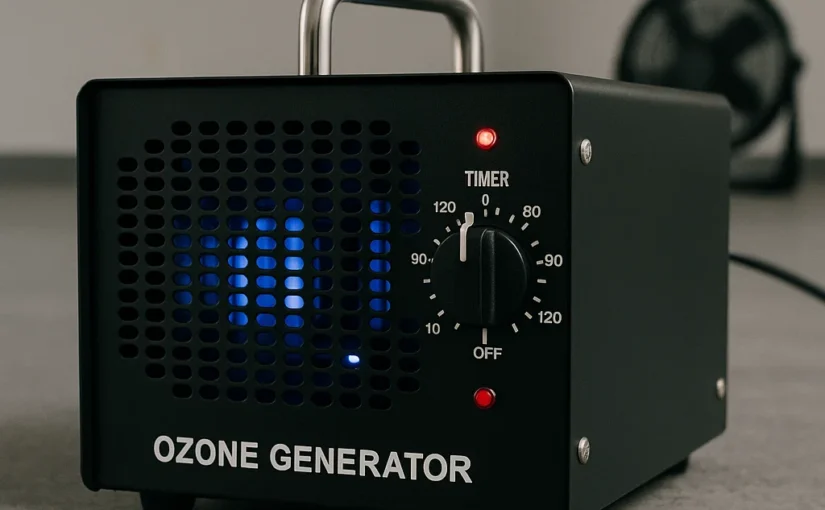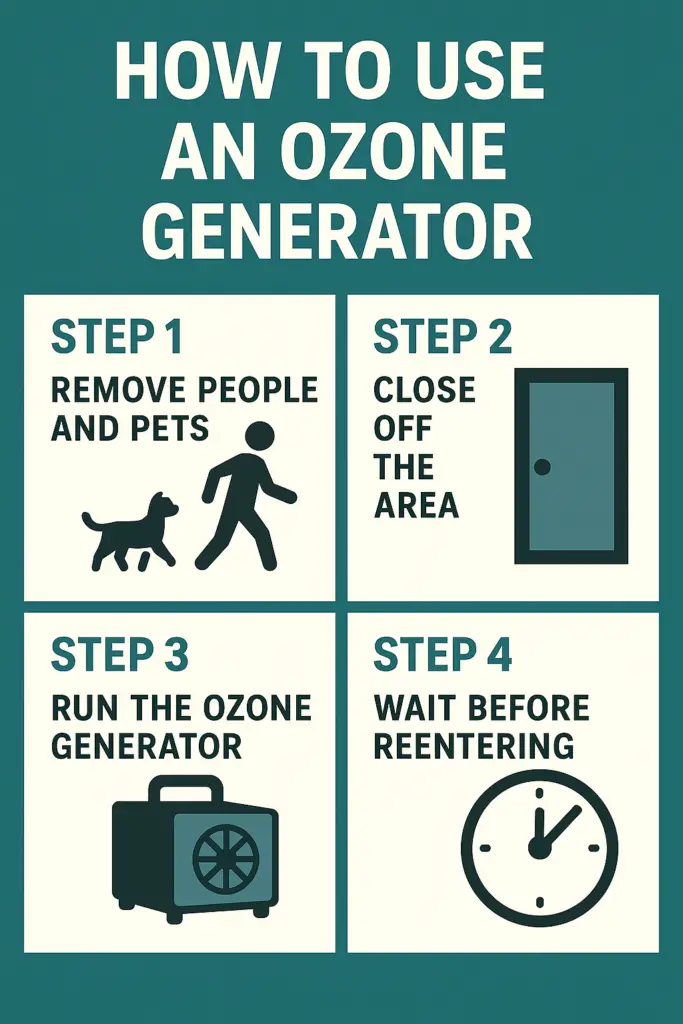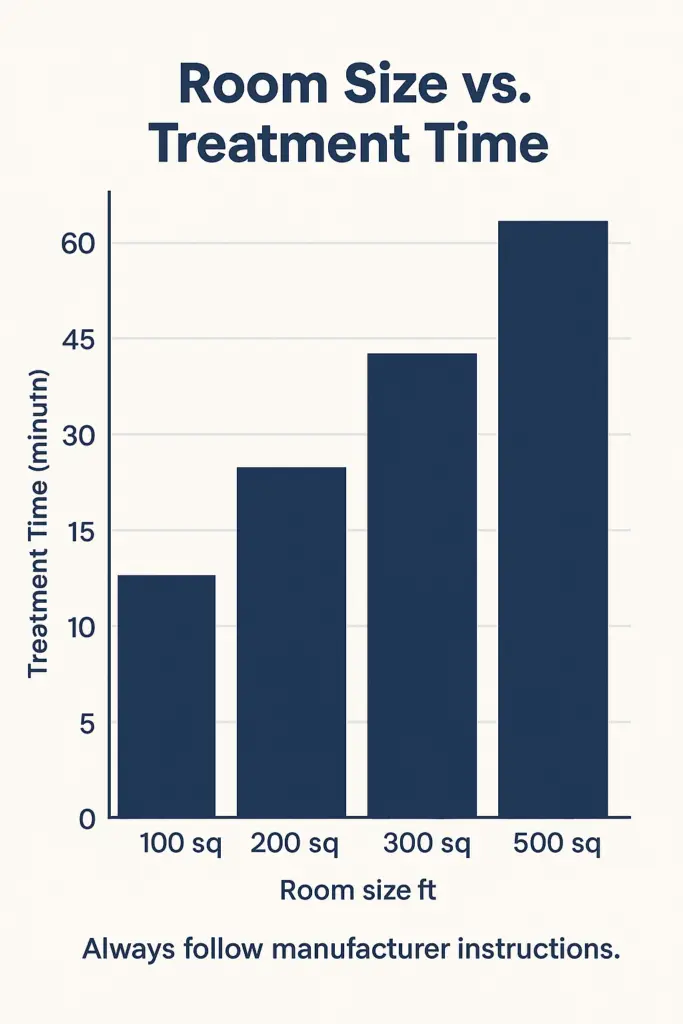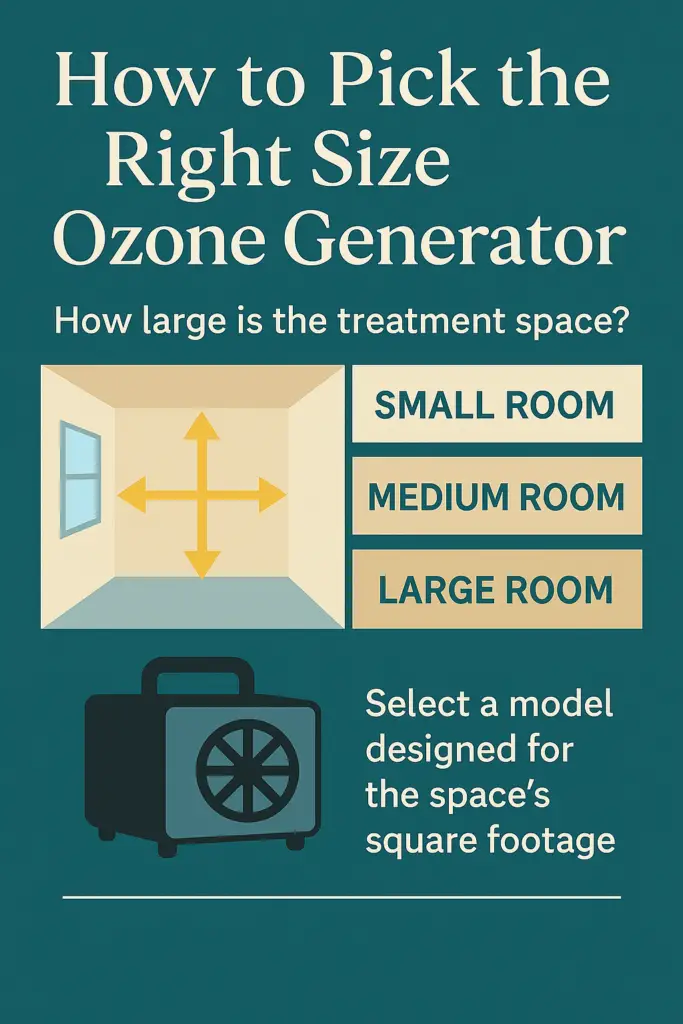Why does my humidifier have white dust around it?
 White dust around a humidifier is caused by minerals in the water, most commonly calcium and magnesium.
White dust around a humidifier is caused by minerals in the water, most commonly calcium and magnesium.
When an ultrasonic humidifier turns water into mist, the water evaporates into the air — but the minerals do not. Those minerals settle on nearby surfaces and gradually build up inside the humidifier itself.
This is why white dust is more noticeable in homes with hard tap water and why the residue often looks similar to buildup on faucets or shower heads.
Is White Dust From a Humidifier Dangerous?
For most people, white dust from a humidifier is not considered dangerous.
However, because the dust is made of fine mineral particles, it can be irritating for some individuals to breathe in — especially those with asthma, allergies, or other respiratory sensitivities.
The main issue with white dust is not toxicity, but buildup: it collects on surfaces, inside the humidifier, and can shorten the life of the device if it isn’t cleaned regularly.
How to clean the white dust off of your humidifier?
White mineral residue can usually be removed with a mild acid such as vinegar. Wiping affected areas clean during routine maintenance helps prevent buildup from accumulating inside the humidifier.
Regular cleaning not only keeps surfaces cleaner, but also helps the humidifier operate more efficiently over time.
What can be done about the white dust that gets on your humidifier?
1. Clean the humidifier more often
This step we have already gone through, but it cannot be stressed enough that a humidifier must be kept clean.
Humidifiers can begin to grow bacteria inside of the water in as little as 48 hours. Operating a humidifier that has had standing water sitting in it can turn the device into a health hazard. And water that has a lot of minerals in it can provide food sources for mold and bacteria to take root inside of the humidifier.
2. Switch the type of water
The white dust deposits around your humidifier are there because of the high mineral content in your water. Tap water and drinking water are full of minerals. Spring water even more so. Even water that is processed by osmosis has minerals added back into it for consumption.
So what kind of water should you use in a humidifier?
A. Distilled water
The only water that is near perfect to use in a humidifier is distilled water. It is because distilled water goes through a process that removes the minerals and particles from it. Distilled water can even lengthen the life of your humidifier because it eliminates the likelihood of mineral buildup inside of your machine. Build up that will eventually diminish the effectiveness of it.
 B. Boiled water
B. Boiled water
Boiling water will also separate the minerals of the water. If you have ever seen a pan that is used for boiling water over and over, then you probably noticed the white rings that develop on the pan. If the pan is used specifically for boiling water, it will develop a layer of white calcium deposit that will eventually flake off.
But the main issue with using boiled water for the humidifier is filtering the clean part of the water into the humidifier without the big build ups of sediment getting into the humidifier with it.
Also it’s a huge ordeal to have to boil water every time you need to fill your humidifier. ( Notice we said boiled water and not boiling water, don’t pour boiling water into the humidifier. You will probably damage the humidifier beyond use and you will also risk getting burned badly in the process.)
C. Filtered water
Water filters do not take out 100% of minerals and particles from tap water. But they do remove a huge portion of them. Using filtered water is better than using tap water but it is still not as good as using distilled water.
D. Vaporizer/ warm mist humidifier
Warm mist humidifiers or vaporizers have a built-in advantage when it comes to keeping the water inside of the humidifier clean.
The advantage is the heat that they produce. Since these machines heat the water to a boiling point to produce steam, they also inadvertently kill bacteria and germs before they become an issue with your humidifier or your health.
Boiling water also separates minerals in water which are removed through the humidifiers filter. Warm mist humidifiers have a lot of benefits and advantages over using cool mist humidifiers.
But they do have the downside of making a room feel steamy. Which can be great for a little while, but not so much when you’re trying to sleep.
Especially if you’re sick. They also have the danger element of containing scalding water. This is why every warning label you’ve ever seen about vaporizers says that they should not be used around or put in children’s rooms.

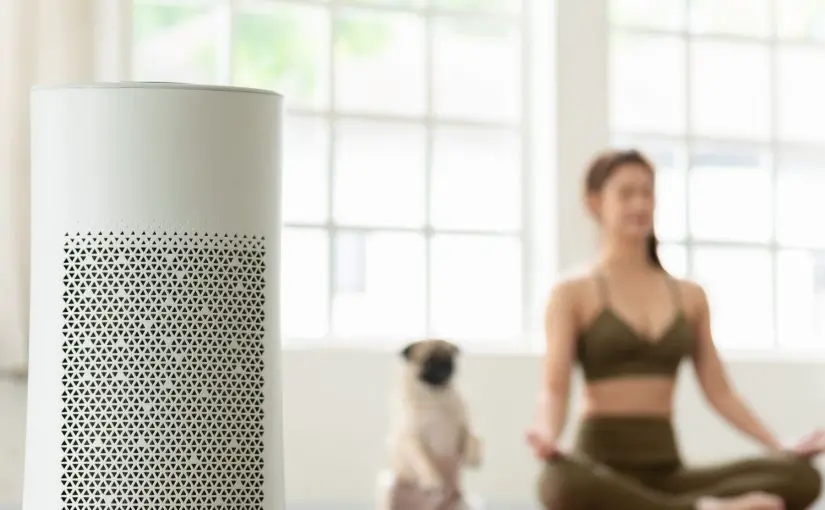
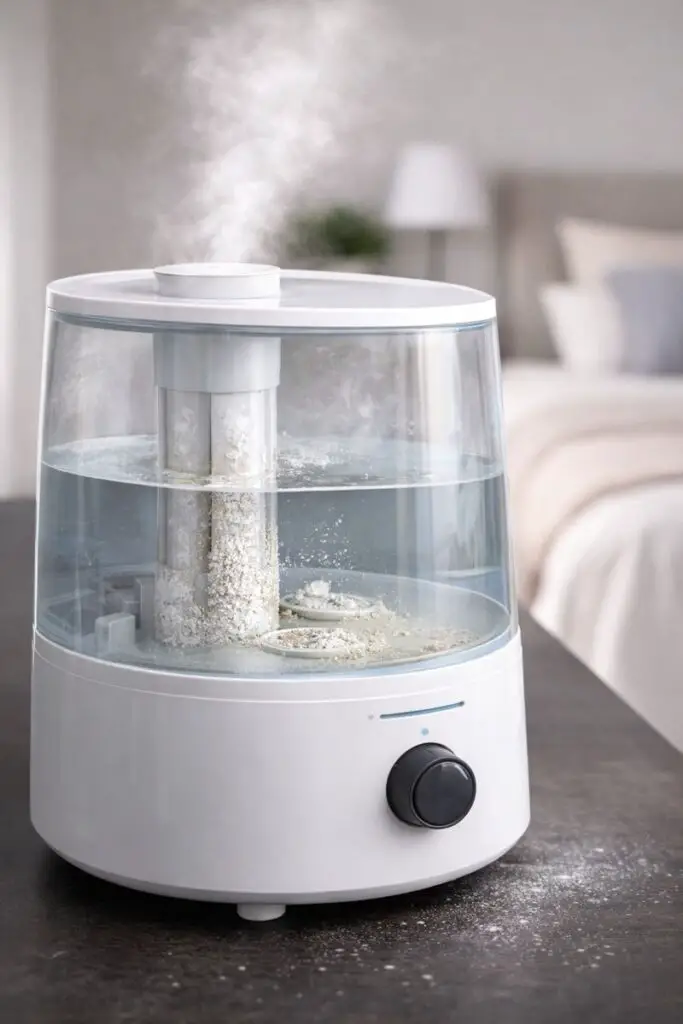 B. Boiled water
B. Boiled water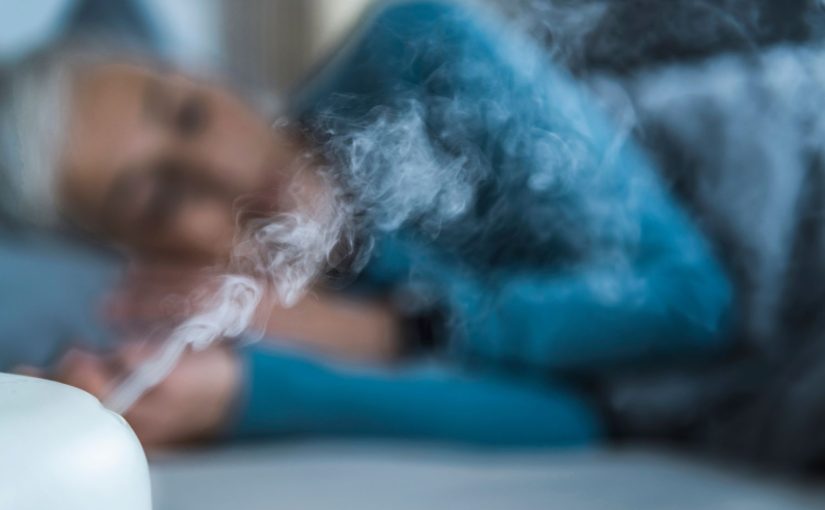
 Safety Tips for All-Night Operation
Safety Tips for All-Night Operation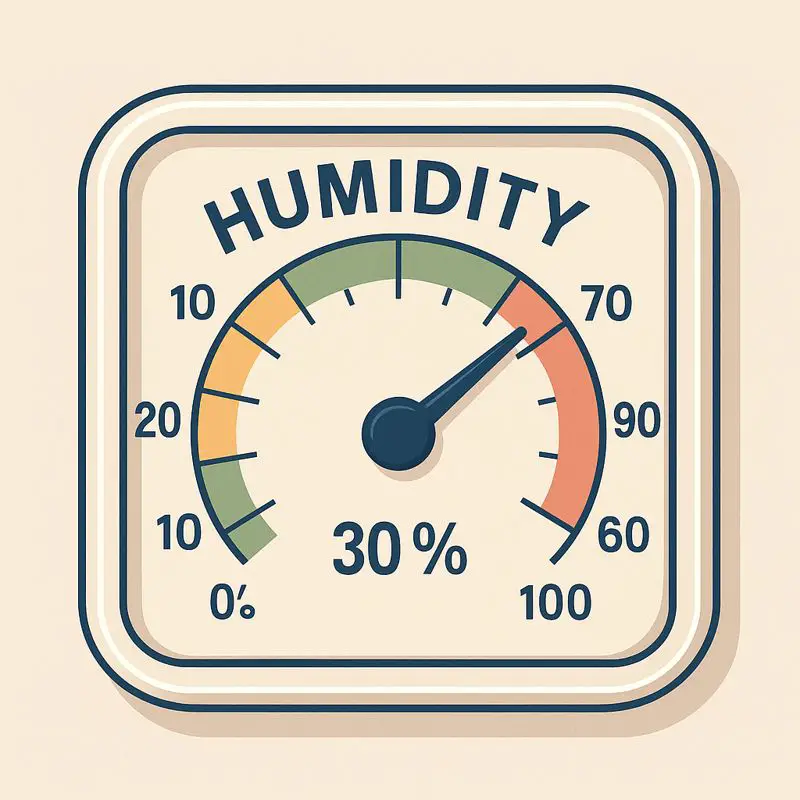
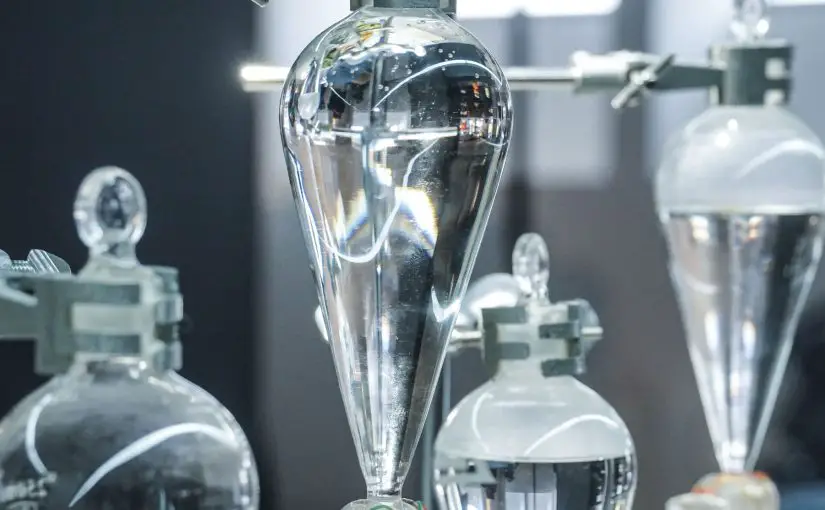
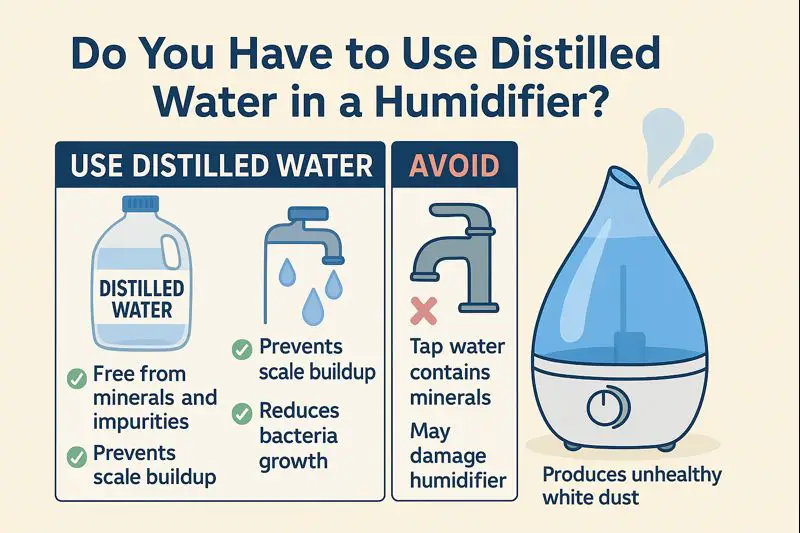
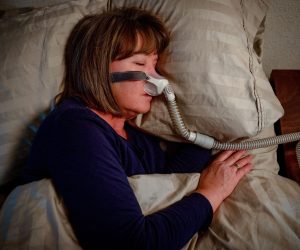 This is true story:
This is true story:
 What other water besides distilled can you use in a humidifier?
What other water besides distilled can you use in a humidifier?

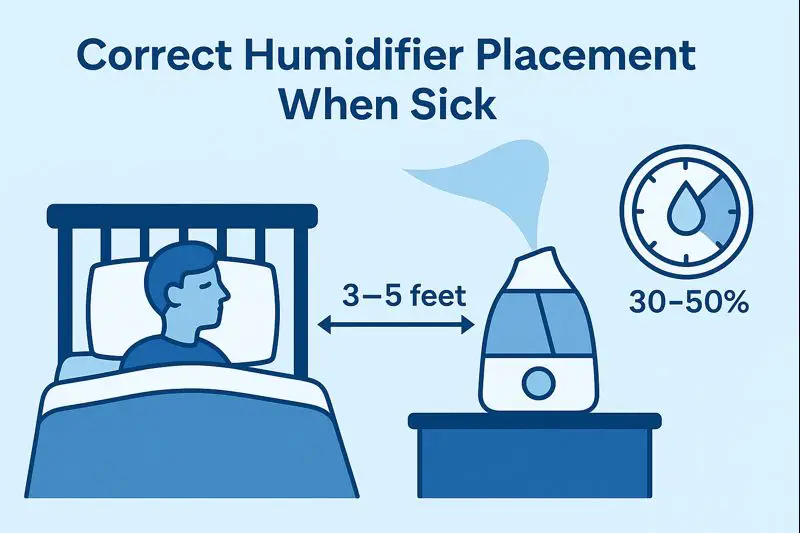
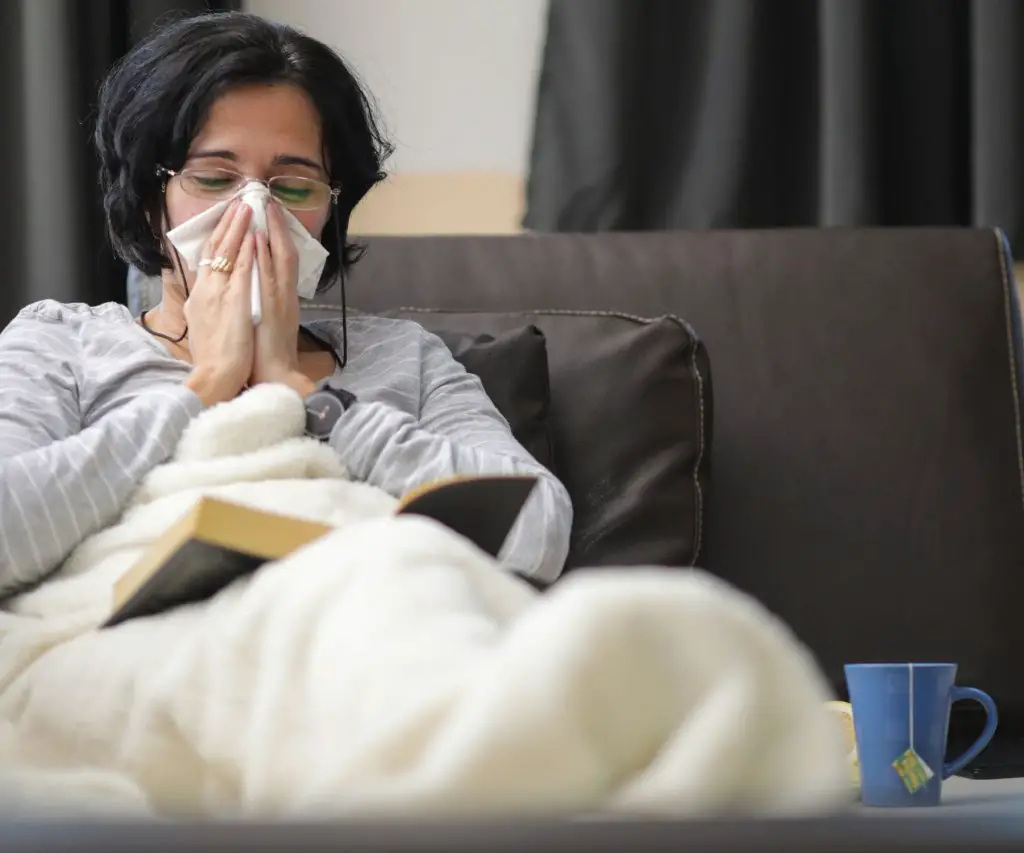
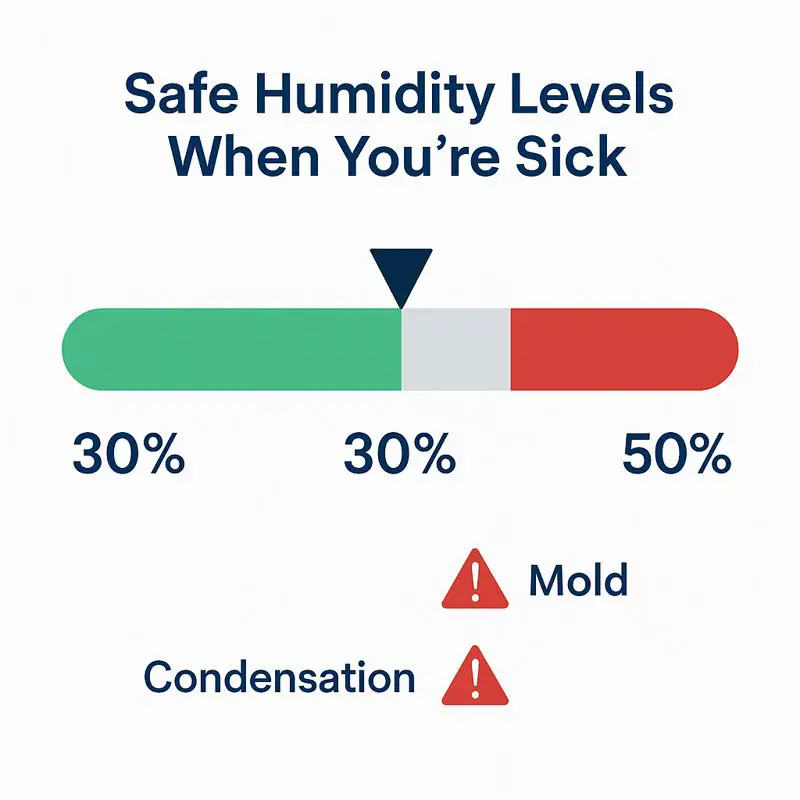
 Honeywell HCM-350 Cool Moisture Humidifier
Honeywell HCM-350 Cool Moisture Humidifier Levoit 6L Cool Mist Top Fill Essential Oil Diffuser
Levoit 6L Cool Mist Top Fill Essential Oil Diffuser Pure Enrichment MistAire Ultrasonic Cool Mist Humidifier
Pure Enrichment MistAire Ultrasonic Cool Mist Humidifier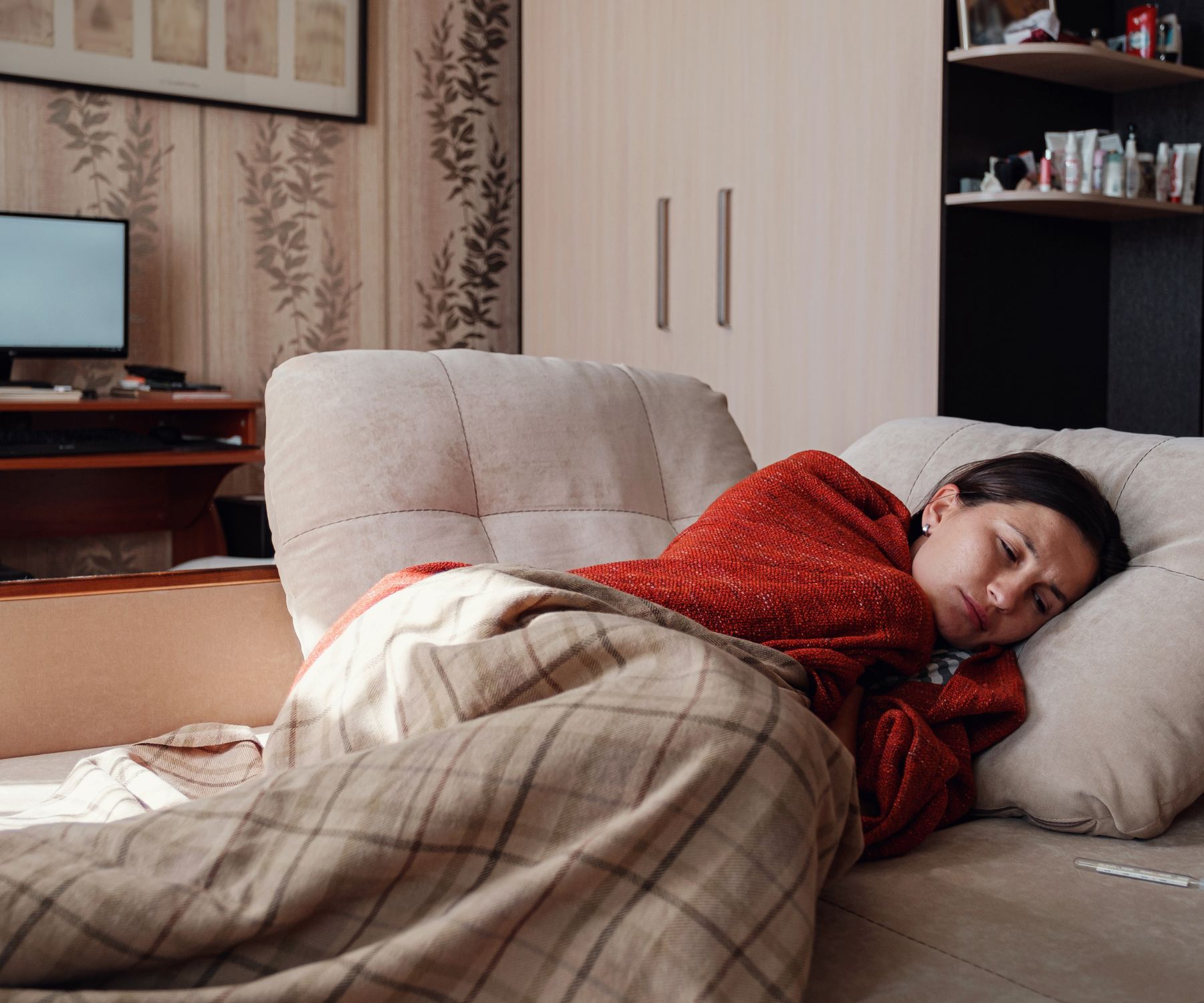
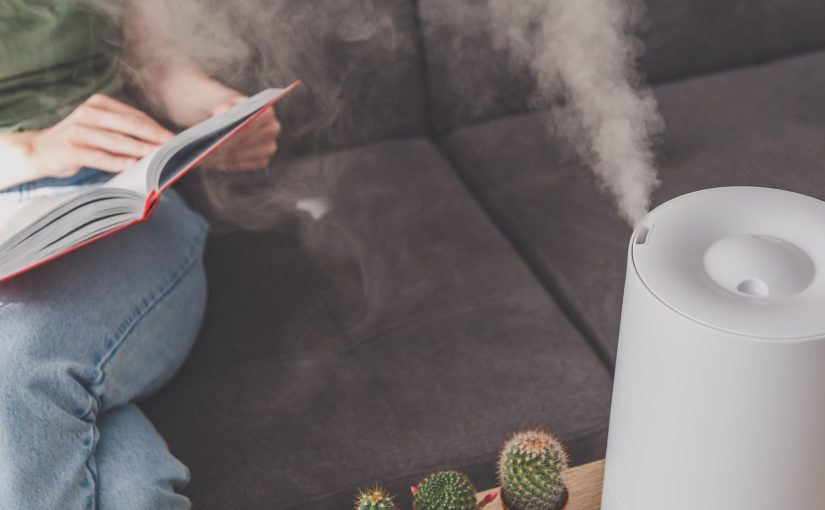

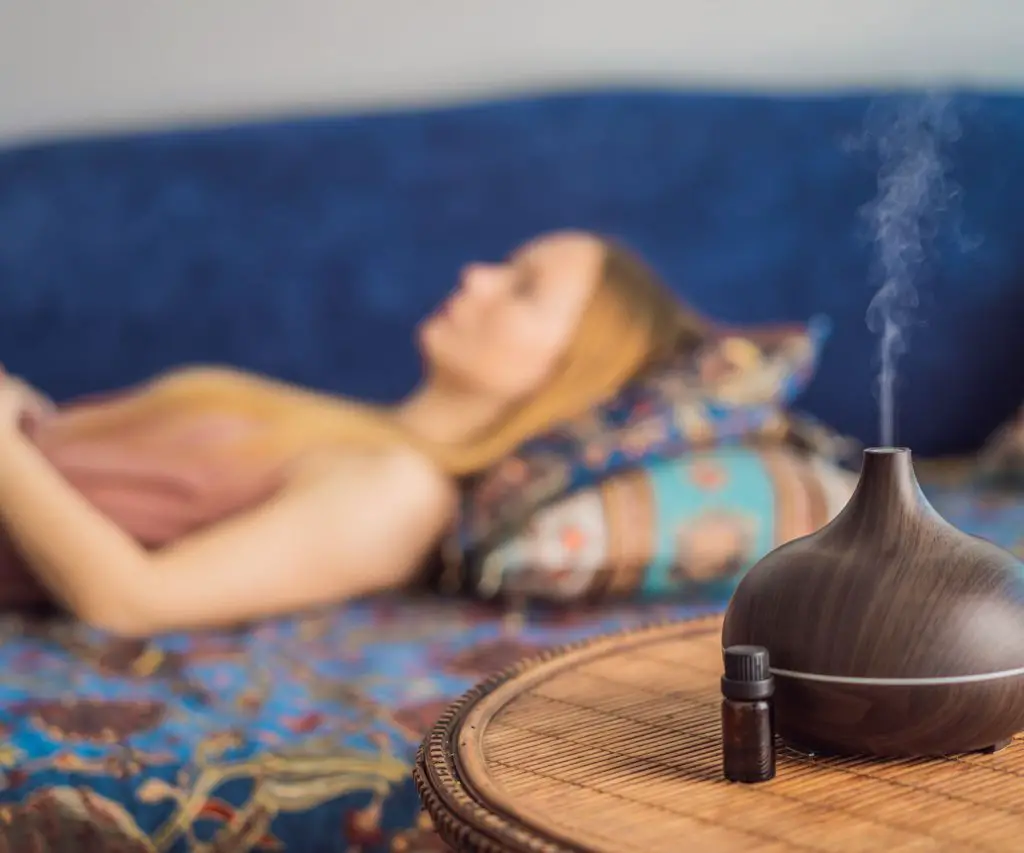
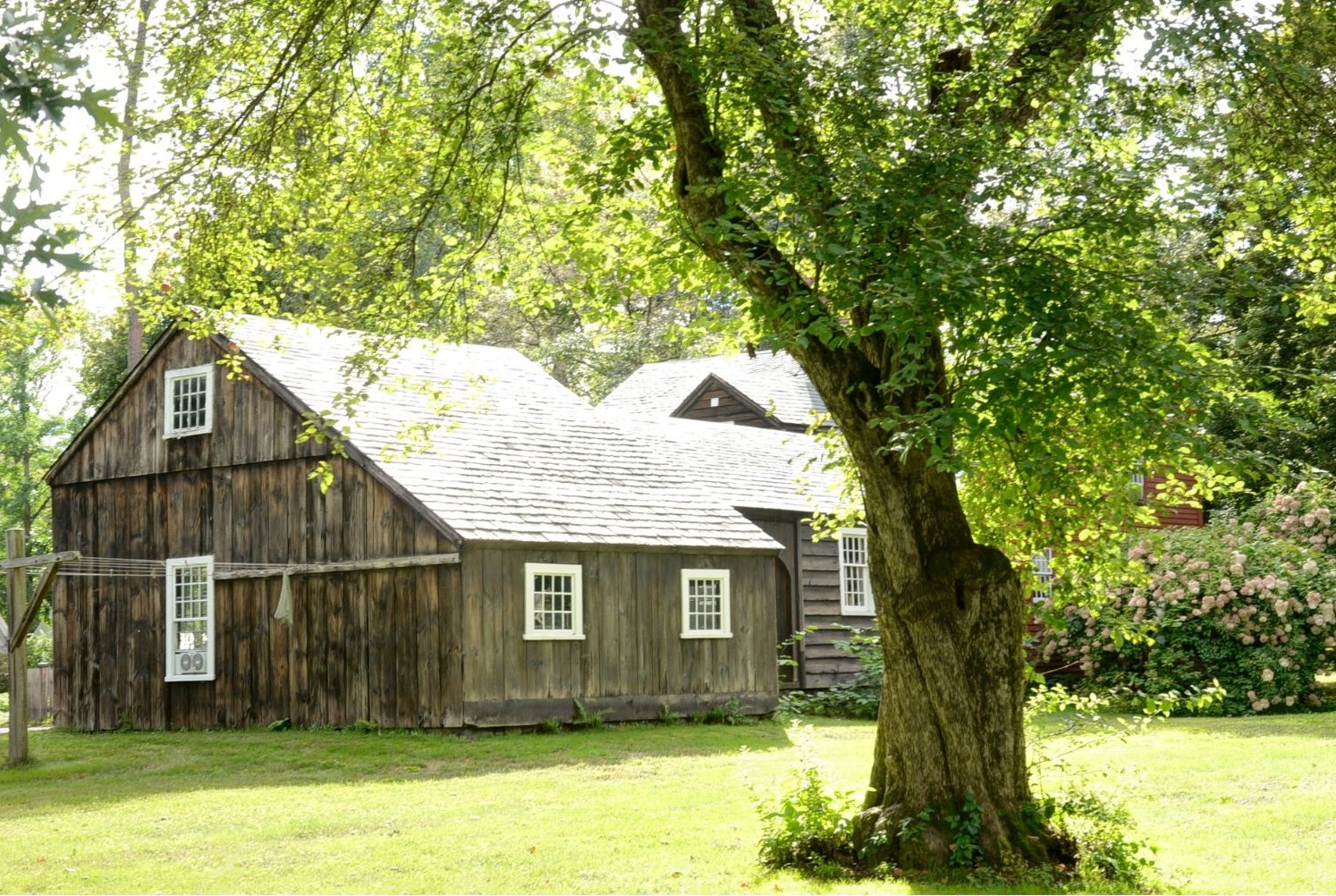





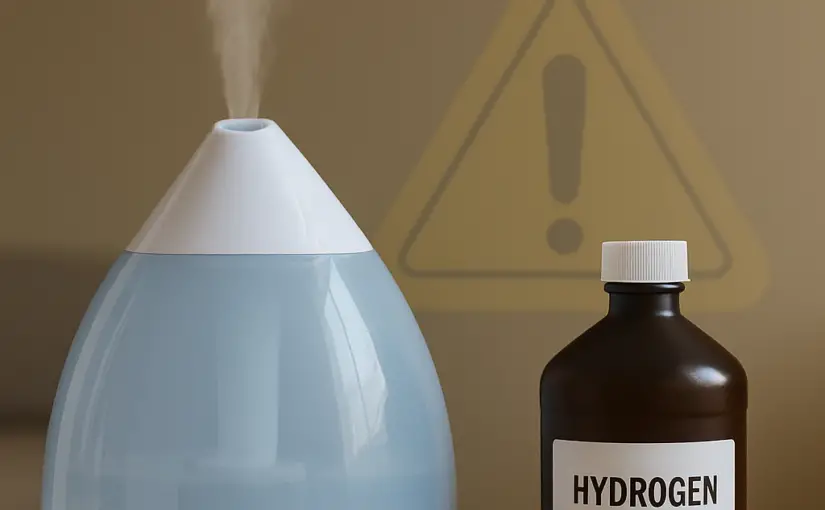
 Hydrogen Peroxide in Humidifiers: Why It’s So Controversial
Hydrogen Peroxide in Humidifiers: Why It’s So Controversial What About Gargling with Hydrogen Peroxide?
What About Gargling with Hydrogen Peroxide? So… Should You Put Hydrogen Peroxide in Your Humidifier?
So… Should You Put Hydrogen Peroxide in Your Humidifier?
 “Distilled water is the best water to run in a humidifier. Distilled water goes through a process that removes 99% of the minerals and sediment that you find in your usual tap water.”
“Distilled water is the best water to run in a humidifier. Distilled water goes through a process that removes 99% of the minerals and sediment that you find in your usual tap water.”
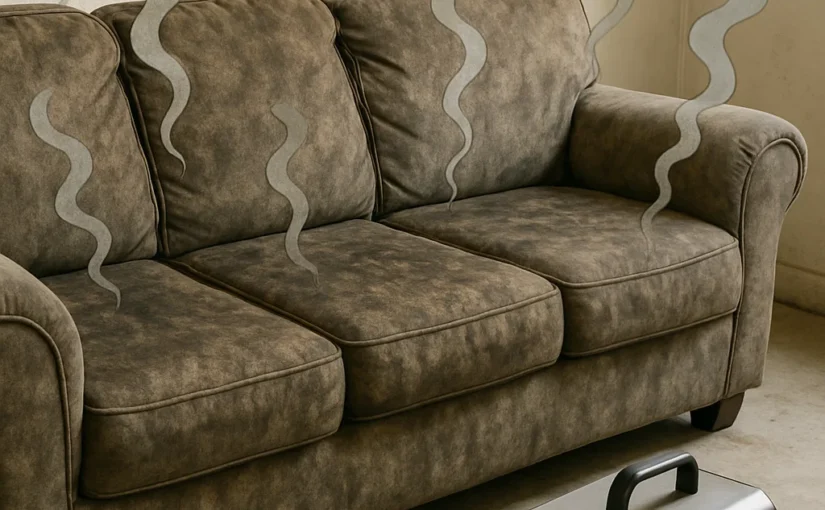
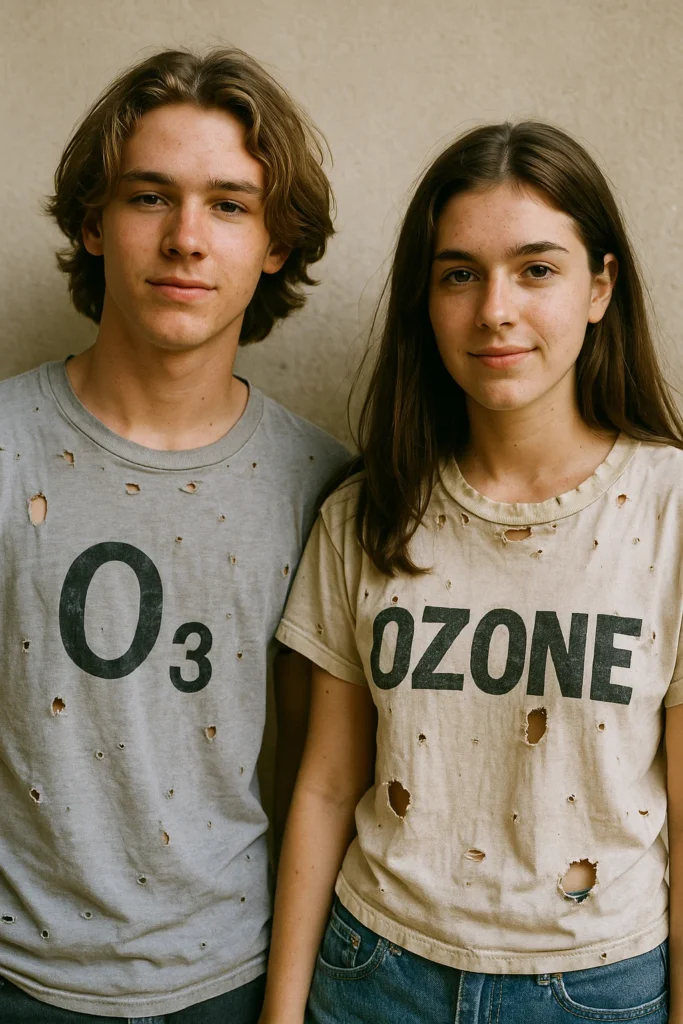 How to Get the Ozone Smell Out of Clothes (and Everything Else It Clings To)
How to Get the Ozone Smell Out of Clothes (and Everything Else It Clings To)